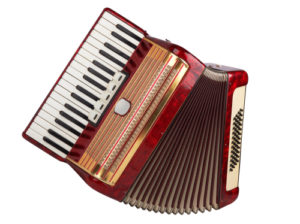

The term fiddle, according to, was a slag word that people used before the 16th century to describe how the bowed and stringed instrument was played. FiddleĪ type of violin modified to play a certain style of music, the fiddle is unique. The angle of the bow also leaves less space between the strings, which makes it easier for you to complete double and triple stops (or play two or three strings simultaneously). You’ll see this type of violin as a country fiddle, as it allows the music to reach lower notes. Note that chords are played differently with these instruments, given they have an extra string. They’re fun to play with a low C string bass line and a higher string melody. Many 4-string players say it takes time to adapt to using the 5th string, as the bow’s angle changes where you touch each string. Both types offer a wide range.Ī 5-string has the range of a violin and a viola, only in a single instrument. They can be electric or acoustic, but they’re often electric. Semi-Electric (or Electric-Acoustic)įive-string violins, as the name suggests, offer the 5th string: the lower C string. People only purchase this type of instrument with practicing at home in mind, rather than amplifying the sound on stage. The sound quality is ideal for earplugs as well, but may not work as well with an amplifier. The purpose of a silent violin is to allow beginners to practice without bothering the people around you. The sound is similar to a normal violin on mute. Instead, a silent violin always produces the sound of the bow touching the string.

SilentĪ silent violin is an electric option. Depending on the genre of music you play, this distortion process can allow you to alter the sound with pedals and other electronics. Unlike other types, an electric model offers a sound you can distort with amplification. The electric violin was first sold in the 1930s, but musicians had long been known to play violins with pick-ups before then. They are gaining popularity over the past few decades, and they’re common instruments in bands. Like electric guitars, electric violins come in various sizes, shapes, and forms. Because the instrument doesn’t require a sound box or f-holes to create sound, many models can forego traditional aesthetics from acoustic instruments. A violin that produces sound electronically, the electric violin comes in many styles.


 0 kommentar(er)
0 kommentar(er)
